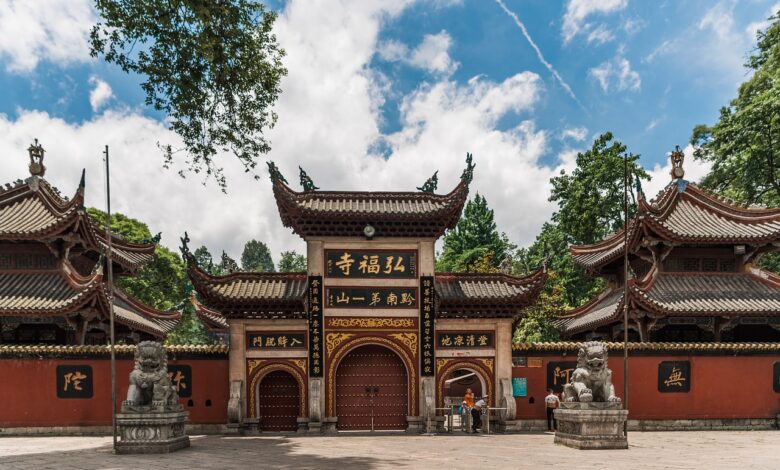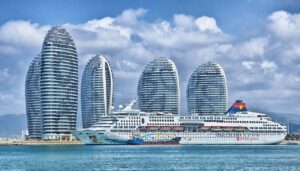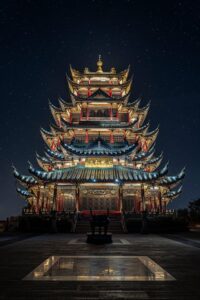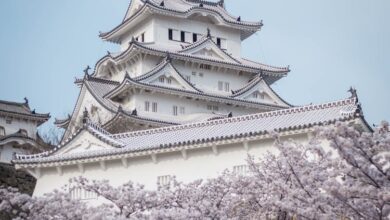
China, officially known as the People’s Republic of China, is a vast and diverse country with a rich history, dynamic culture, and rapid modernization. Covering approximately 9.6 million square kilometers and home to over 1.4 billion people, China is the most populous country in the world. Understanding life in China requires a deep dive into its unique blend of tradition and modernity, urban and rural dynamics, and the diverse experiences of its people.
Historical and Cultural Context in China
China boasts one of the world’s oldest civilizations, with a history spanning over 5,000 years. This historical depth permeates daily life, influencing everything from architecture and cuisine to social norms and values. Confucianism, Taoism, and Buddhism are integral to Chinese culture, shaping ethical beliefs and practices. Traditional festivals like the Chinese New Year, Mid-Autumn Festival, and Dragon Boat Festival are celebrated with great enthusiasm, reflecting the enduring cultural heritage.
Urban vs. Rural Life in China
Urban Life
China’s rapid urbanization over the past few decades has transformed its landscape. Cities like Beijing, Shanghai, and Shenzhen are bustling metropolises characterized by towering skyscrapers, advanced public transportation systems, and vibrant economic activity. Life in these cities is fast-paced and dynamic, offering numerous opportunities for education, employment, and entertainment.
In urban areas, modern amenities are readily available. Residents have access to high-quality healthcare, international cuisine, luxury shopping malls, and a thriving arts scene. Beijing, for example, is home to world-renowned landmarks such as the Forbidden City and the Great Wall, alongside contemporary attractions like the 798 Art District. Shanghai, a global financial hub, dazzles with its futuristic skyline and the historic Bund waterfront.
Rural Life
Contrastingly, rural life in China remains deeply rooted in tradition and agriculture. Despite the urbanization drive, a significant portion of the population still resides in rural areas. These regions offer a slower pace of life, closer-knit communities, and a strong connection to nature and farming practices.
Rural residents often engage in agricultural activities, producing rice, wheat, corn, and various fruits and vegetables. Traditional lifestyles prevail, with festivals and local customs playing a vital role in community life. However, rural areas face challenges such as limited access to advanced healthcare and education, prompting ongoing government efforts to bridge the urban-rural divide.
Economic Landscape in China
China’s economy is the second largest in the world, driven by manufacturing, exports, and increasingly, technology and innovation. Cities like Shenzhen are known as global tech hubs, home to giants like Huawei and Tencent. The rise of e-commerce platforms such as Alibaba and JD.com has revolutionized retail, while advancements in AI and green technology position China as a leader in future industries.
The government’s focus on economic development has lifted millions out of poverty, though income inequality remains an issue. Coastal cities generally enjoy higher standards of living compared to inland provinces. Efforts such as the Belt and Road Initiative aim to create more balanced economic growth and enhance global trade connections.

Social Dynamics in China
Family and Society
Family is the cornerstone of Chinese society. Filial piety, a Confucian concept emphasizing respect for one’s parents and ancestors, remains a central value. Extended families often live together or maintain close ties, supporting each other through life’s stages.
The One-Child Policy, implemented in 1979 and relaxed in recent years, significantly impacted family structures. With the policy’s end, there is a gradual shift towards larger families, though economic pressures often limit family size.
Education
Education is highly valued in China, with a rigorous system that emphasizes academic excellence. The Gaokao, the national college entrance examination, is a pivotal event for students, determining their access to higher education and future opportunities. Chinese universities, such as Tsinghua and Peking University, are gaining global recognition for their research and academic standards.
Modern Challenges in China
China faces several modern challenges, including environmental issues, an aging population, and balancing economic growth with social equity. Pollution and climate change are significant concerns, prompting initiatives to promote sustainable development and green energy.
The aging population, a result of the One-Child Policy and increased life expectancy, pressures the social welfare system. Policies encouraging higher birth rates and better elderly care aim to address these demographic shifts.

Daily Life and Leisure in China
Cuisine
Chinese cuisine is renowned worldwide for its diversity and flavor. Each region boasts its own culinary traditions, from the spicy dishes of Sichuan to the delicate flavors of Cantonese cuisine. Street food is a vibrant part of urban life, offering delights like dumplings, baozi, and skewered meats.
Entertainment and Technology in China
Technology plays a significant role in daily life. Mobile payment systems such as Alipay and WeChat Pay are ubiquitous, making cashless transactions the norm. Social media platforms like WeChat and Weibo are integral to communication, news, and entertainment.
Leisure activities vary from traditional practices like tai chi and calligraphy to modern hobbies such as gaming and cinema. Chinese film and television have seen a rise in quality and popularity, both domestically and internationally.
Life in China is a tapestry of ancient traditions and modern advancements, rural simplicity and urban sophistication. It is a nation constantly evolving, driven by its rich cultural heritage and ambitious future vision. Understanding China requires appreciating its complexities and the diverse experiences of its people, as they navigate the challenges and opportunities of the 21st century.
